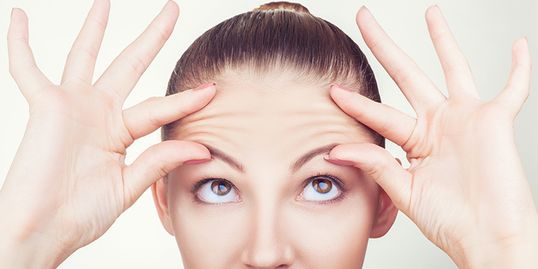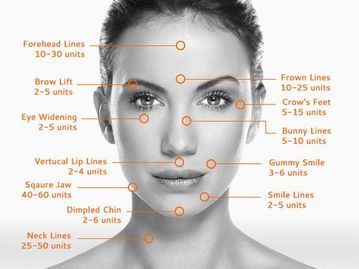Neurotoxins
How Neurotoxins Work
Neurotoxins interfere with the ability of neurons—or nerve cells—to communicate with the muscles. In cosmetic applications, they decrease the ability of the muscles to contract the facial muscles. These relaxed muscles give the skin a smoother appearance and decrease the appearance of wrinkles. They are injected just under the skin around problem areas like the forehead, glabella, and eyes (crow’s feet). For optimal results, they are combined with other cosmetic treatments like lasers and dermal fillers.
Differences Between Botox, Dysport, and Xeomin
The big three cosmetic neurotoxins—Botox, Dysport, and Xeomin—are more similar than they are different. They can all be used for the same clinical applications. However, they are different in size and weight giving them different characteristics. Based upon these minor differences, Dysport works faster (2–3 day vs. 3–5 days with Botox) and has a greater field of effect (spreads further than Botox). In some patients, Dysport may have a longer duration of effect (3–4 months vs. 3 months in Botox), however, individual results vary.

Of the 3 options, Xeomin is the newest—just being FDA approved in 2011. Xeomin is the smallest molecule since it does not have any accessory proteins. Unlike its predecessors, Xeomin does not need to be refrigerated. Periorbital injections with Xeomin appear to have the same duration as Botox.

Common Uses for Neurotoxins
- Lessening Crows Feet
- Softening Forehead Creases
- Elevating Eyebrows
- Softening “Bunny Lines”
- Enlarging the Appearance of the Eyes
- Softening Lines Around the Upper Lip
- Improving Gummy Smiles
- Softening Neck Bands

Types of Neurotoxins We Offer
- Botox
- Dysport
- Xeomin
